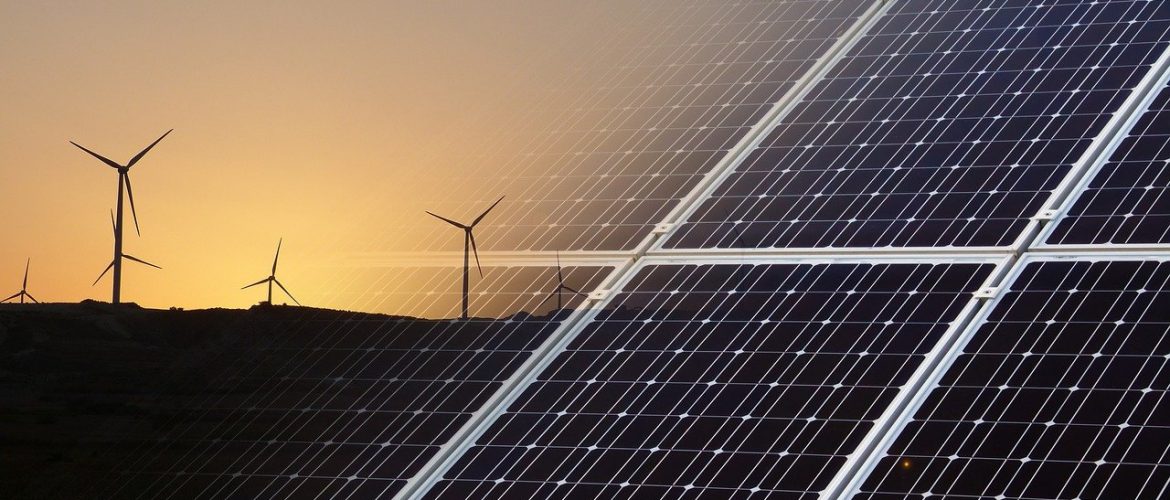According to the latest monthly data for the interconnected electricity network from ADMIE (January 2023):
Renewables with 1542 GWh overtook fossil gas to become the source that contributed the most to Greece’s electricity mix in January 2023, while fossil gas (886 GWh) fell to the 3rd place behind net imports (1046 GWh), and lignite contributed only 406 GWh. In terms of percentage changes, compared to the same month of 2022, net imports increased by 78.3% and renewables remained at around the same levels (+0.6%). On the contrary, fossil gas, lignite and large hydro decreased significantly by 43.5%, 20.3% and 48.3% respectively.
The 459 GWh jump in net imports compared to January 2022 covered 41% of the combined 1113 GWh decline from fossil gas (-681 GWh), lignite (-103 GWh) and large hydro (-329 GWh) in January 2023 compared to the same month of 2022. However, the biggest part of this 1113 GWh difference between the two months was covered by the very significant decrease in electricity demand (-646 GWh).
This way, the contribution of clean energy sources, namely renewables and large hydro (1895 GWh) surpassed that of fossil fuels (1291 GWh) in January, significantly widening the gap observed in the January of the last 2 years.
Specifically, in January 2023 renewables together with large hydro covered 44.7% of the electricity demand in Greece’s interconnected network, followed by net imports with 24.7%, fossil gas with 20.9% and lignite with 9.6%.
Compared to January of last year:
- Monthly production from fossil gas was the third lowest during the last 13 months
- Monthly net imports were the highest since March 2020 and the second highest in the last decade for the month of January behind January 2015.
European commitments for electricity consumption reduction
According to the Council’s Regulation of September 30, 2022, each member state: (A) aims to reduce the total gross monthly electricity consumption during the period November 2022 – March 2023 by 10% compared to the average of the corresponding months of the previous five years. (B) Is obliged to reduce its peak hour gross electricity consumption each day of the period December 2022 – March 2023 by 5% compared to a reference scenario. The latter is determined by the transmission system operators of each Member State and may include historical data from the Regulations’ reference period, meaning the last five years. Peak hours in Greece were set to be 18:00 – 21:00. However, the reference scenario against which the comparison is made, has not yet been formally defined.
In January 2023, the third month of the implementation of the 10% reduction goal for the total electricity consumption, Greece achieved a 12.3% reduction compared to the 5-year average, while cumulatively during the first 3 months of the implementation period, the reduction compared to the 5-year average was 10.6%. Therefore, Greece is overachieving the target so far.
January was also the second month of the implementation of the EU measure for reducing electricity consumption during peak hours. This measure aims at reducing the need to operate fossil gas power plants, thus reducing the electricity production costs as well.
The following graph shows the electricity consumption during the peak hours of 18:00 – 21:00 – as defined by Greece – for each day in January. The result is compared with the average consumption during the same hours of the same period of the previous 5 years. The graph further shows the cumulative peak hour consumption during the same period for the 2 months that the measure is implemented.
As it can be seen, consumption during peak hours was significantly reduced more than the 5% target every day in January with the exception of the last 2 days of the month (30 and 31 of January) where the percent change compared to the 5-year average was below the 5% target. On average, in January, consumption during peak hours decreased by 14.5% compared to the 5-year average, while cumulatively during the first two months of the implementation of the measure (December 2022 and January 2023) the corresponding decrease was 14.1%.




















































































































































































































































































































